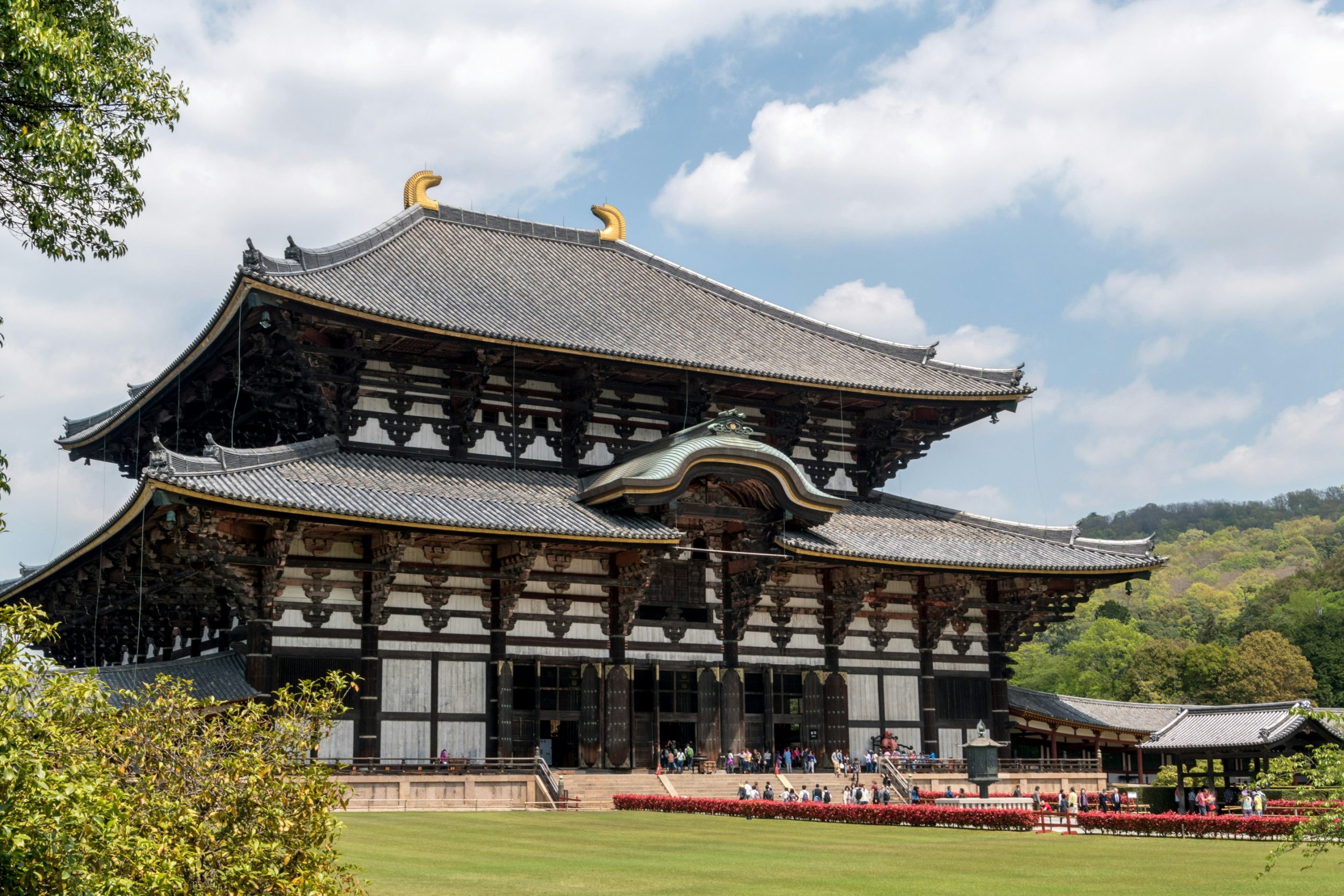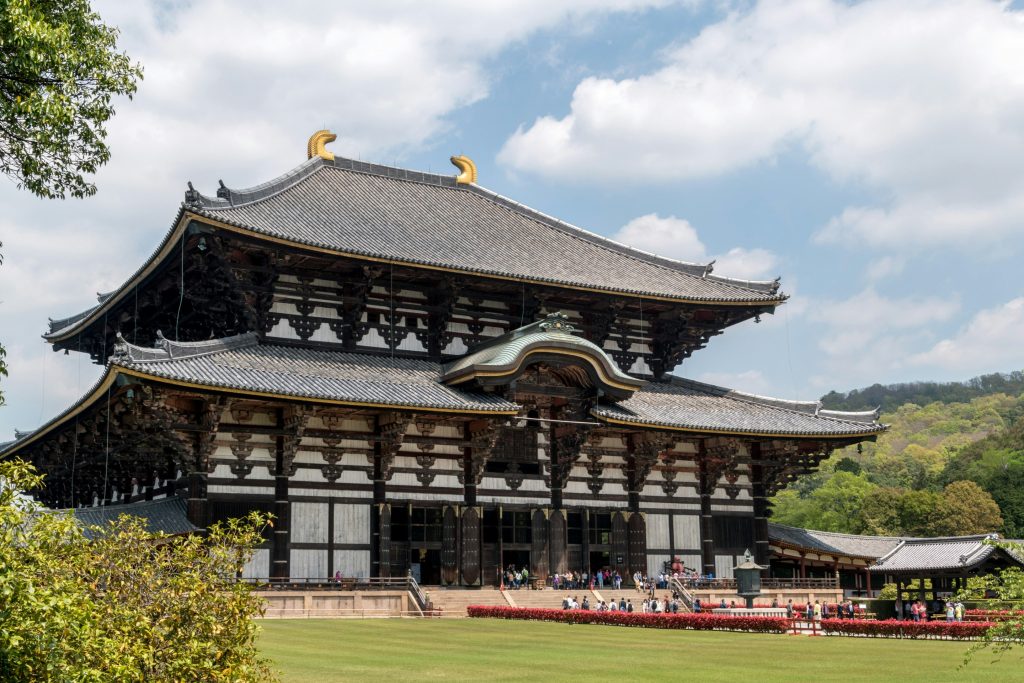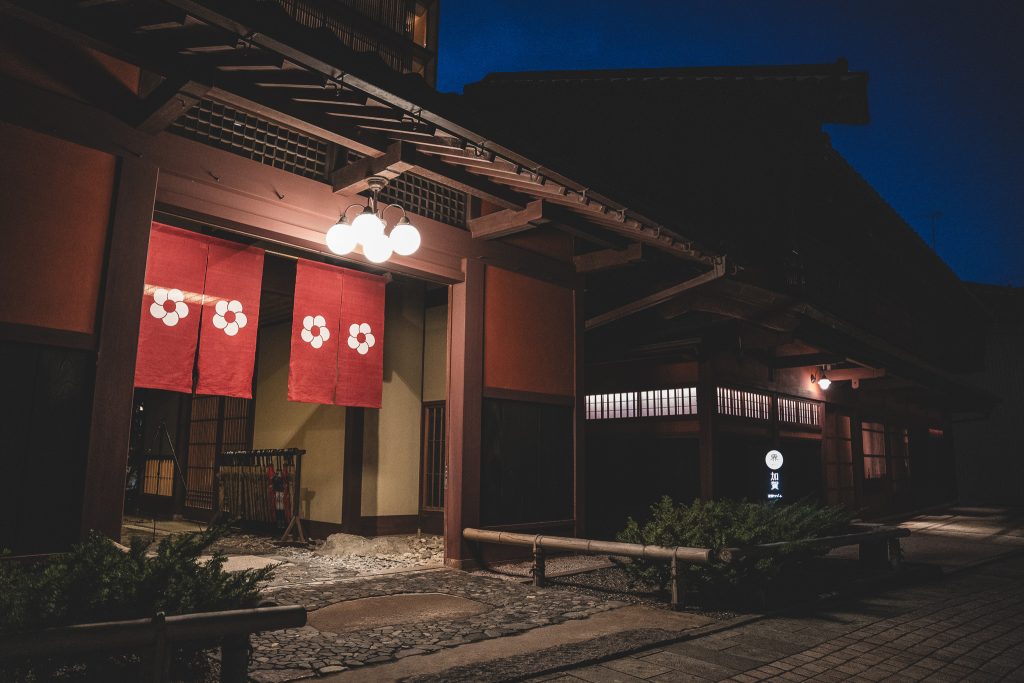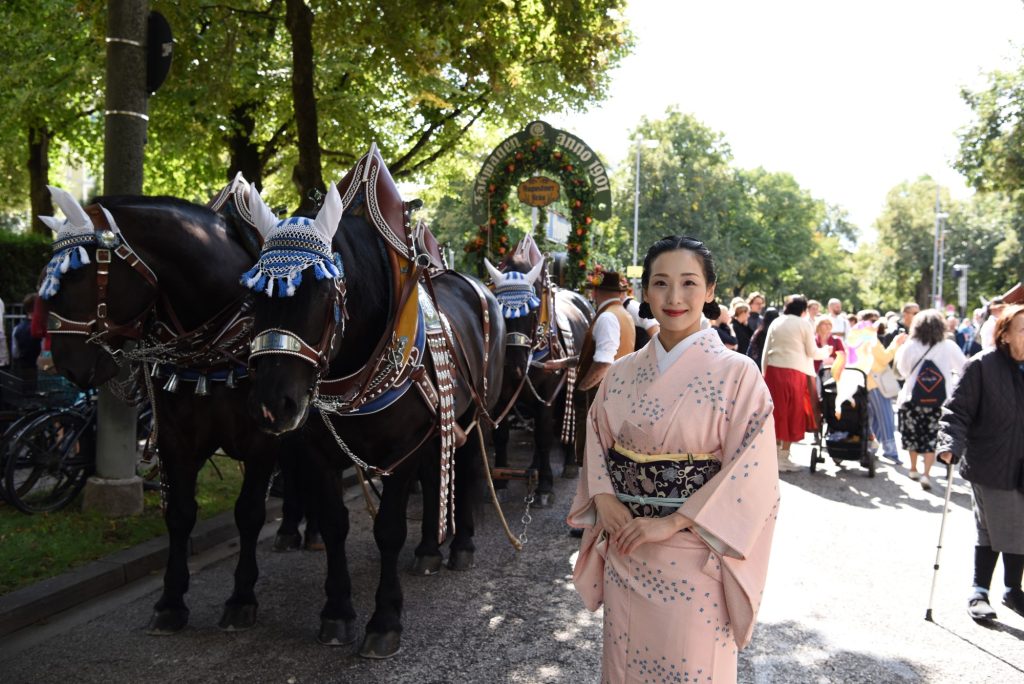The Nara period refers to the 74 years from 710 (Wado (和銅) 3) to 784 (Enryaku (延暦) 3) when the capital was located in present-day Nara City.
Nara is also written as 那羅、奈羅、乃楽、寧楽、楢, etc., but it generally refers to the capital of Nara, which was called Heijo-kyo (平城京 : Heijo-kyo/Heizei-kyo). We will introduce key points of this period as ‘inspiring moments’.
The editorial staff who read this article has roughly summarized the Nara period in a single picture, so you may want to read on with this reference.
1. A capital with Buddhism at its core
The Taiho Ritsuryo (大宝律令) Code was completed in 701 (Taiho 1), nine years before the capital was established in Heijo-kyo. Based on this law, Heijo-kyo Capital was formed as a ‘centralized state system’. The population of Japan during this period is estimated to have been approximately 6 million.
Heijo-kyo was larger than Fujiwara-kyo (藤原京), the capital immediately prior to its relocation, and stretched approximately 4.3 kilometers from east to west and 4.8 kilometers from north to south. In this capital, large temples such as Daian-ji (大安寺), Yakushi-ji (薬師寺), Kofuku-ji (興福寺), Todai-ji (東大寺), Hokke-ji (法華寺), and Saidai-ji (西大寺) were built one after another.
Heijo-kyo was also a capital where Buddhism was the foundation of the city.
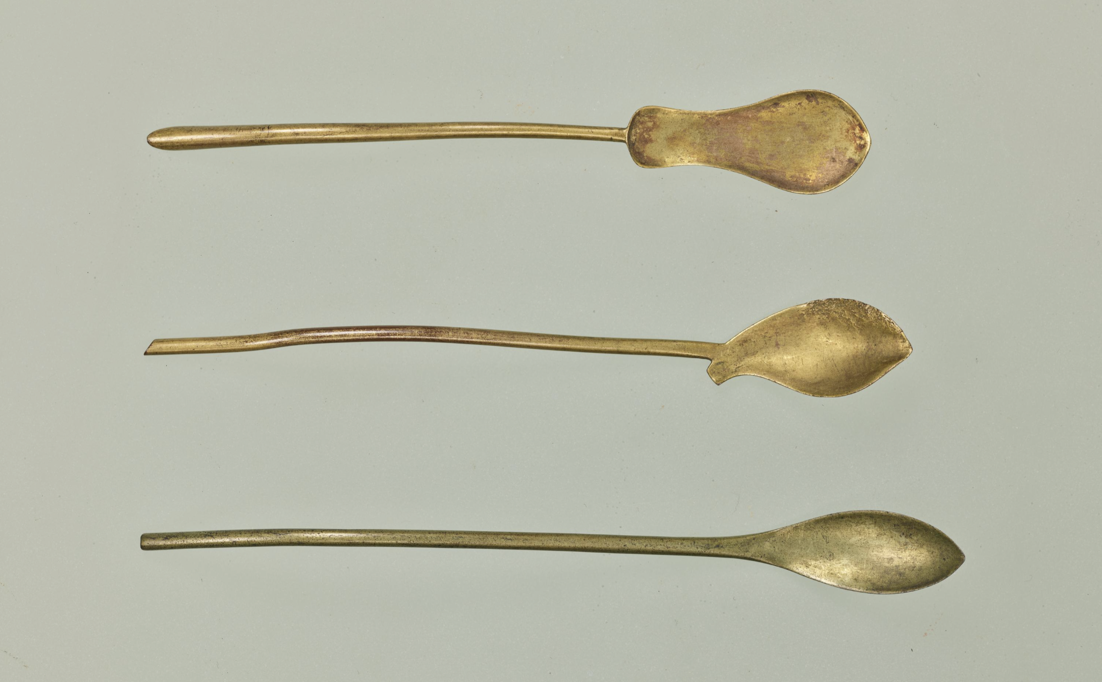
2. The arrival of Fuhito, the head of the Fujiwara Clan
In the Ritsuryo system of government, the sovereignty to decide various policies of the country rested with the Emperor. However, the signature of the ‘Dajokan (太政官)’ was required for the Emperor to issue an imperial rescript. The members of the Dajokan could hold meetings on important political matters and submit their conclusions to the emperor.
In the early Nara period, Emperors Genmei (元明) and Gensho (元正) were female emperors, which naturally strengthened the voice of the Daijoukan. The highest ranking person in the government was the Minister of the Right (右大臣) Fujiwara no Fuhito (藤原不比等). Fuhito was the son of Nakatomi no Kamatari (中臣鎌足), who led the ‘Taika no Kaishin (大化の改新)’ in the Asuka (飛鳥) period. It can be said that the basic line of the Nara Period was created by him.
He deepened his ties with the emperor by marrying his daughter to Emperor Monmu (文武). This became the foundation of the Fujiwara family, which later became a powerful family.
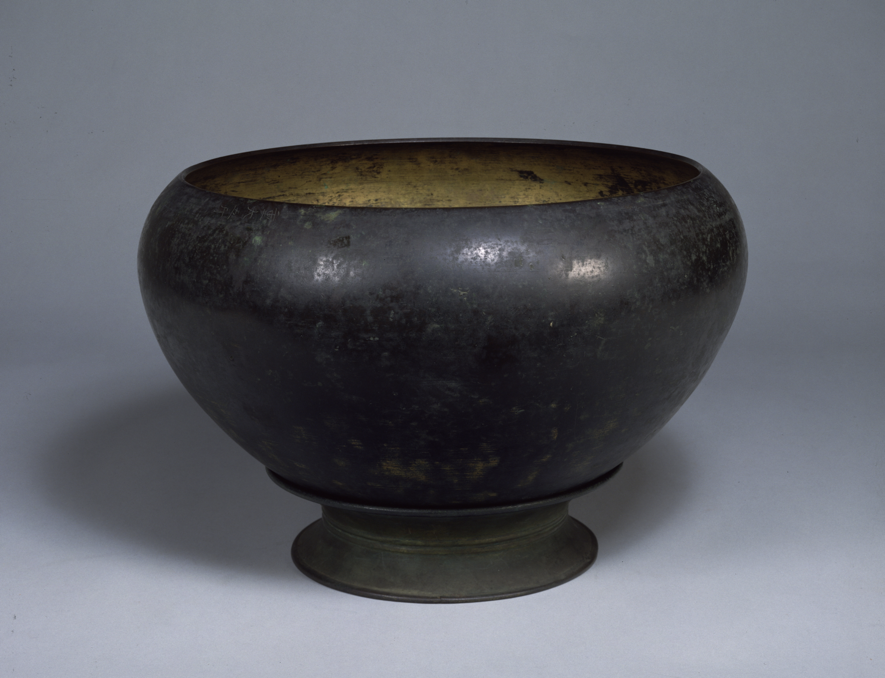
3. Suspicion of treason against the Mr. good guy, Nagayao (長屋王)
Just as even today, laws that were enacted decades ago are sometimes out of step with the progress of society, the Taiho Ritsuryo Code gradually began to lose conformity with the times. After the death of Fuhito, the Heijo-kyo government was faced with the critical issue of how to adapt the Ritsuryo system to society.
After the death of Fuhito, the person who stood at the center of this political world was Dainagon (大納言) Nagayao (長屋王 : Minister of the Right in 721). Under the leadership of Emperors Gensho and Shomu (聖武), Nagayao worked to help the poor. In particular, the ‘ Sanze issin no ho (三世一身法)’ of 723 was a policy to encourage cultivation, allowing those who built new irrigation facilities and cultivated land to own the land for three generations (that is, from the perspective of the person who cultivated the land to his children, grandchildren, and great-grandchildren).
Nagayao worked to maintain the Ritsuryo system and solve social problems, but in 729, he and his family were forced to commit suicide when someone tipped off the authorities that they were plotting treason. This was the incident known as the ‘Nagayao no Hen (長屋王の変)’. Nagayao was later found to be innocent, but soon after this, Fuhito’s daughter, Ashukabehime (安宿媛), became empress and was called Empress Koumyou (光明). This was unusual, as the Ritsuryo law limited empresses to members of the imperial family. Thus, the center of politics once again returned to the Fujiwara family.
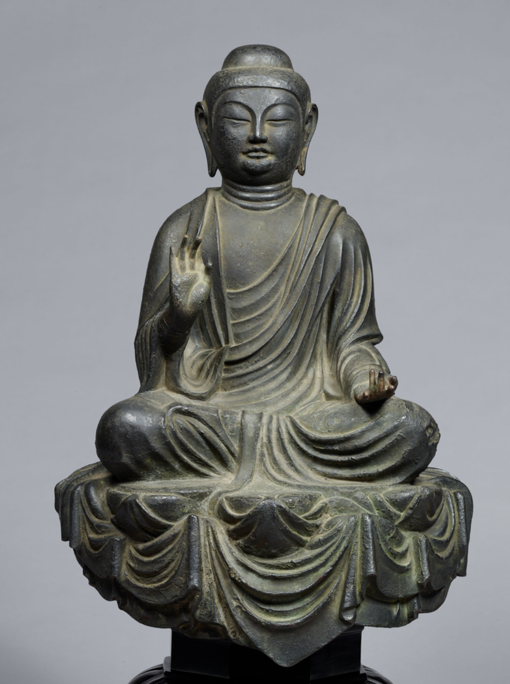
This article is translated from https://intojapanwaraku.com/rock/culture-rock/210594/






